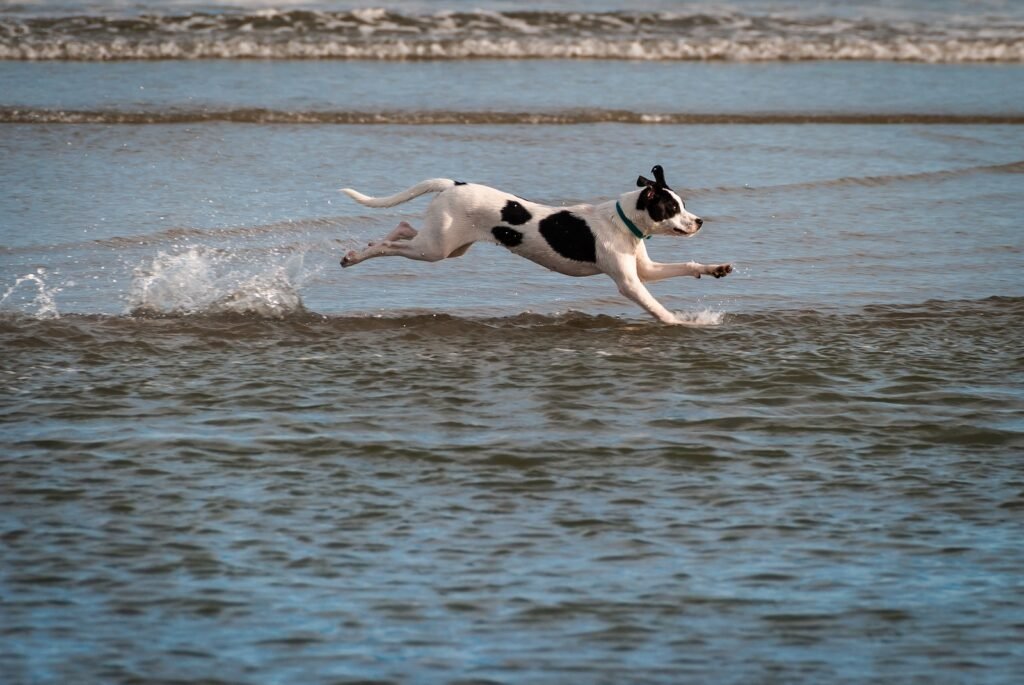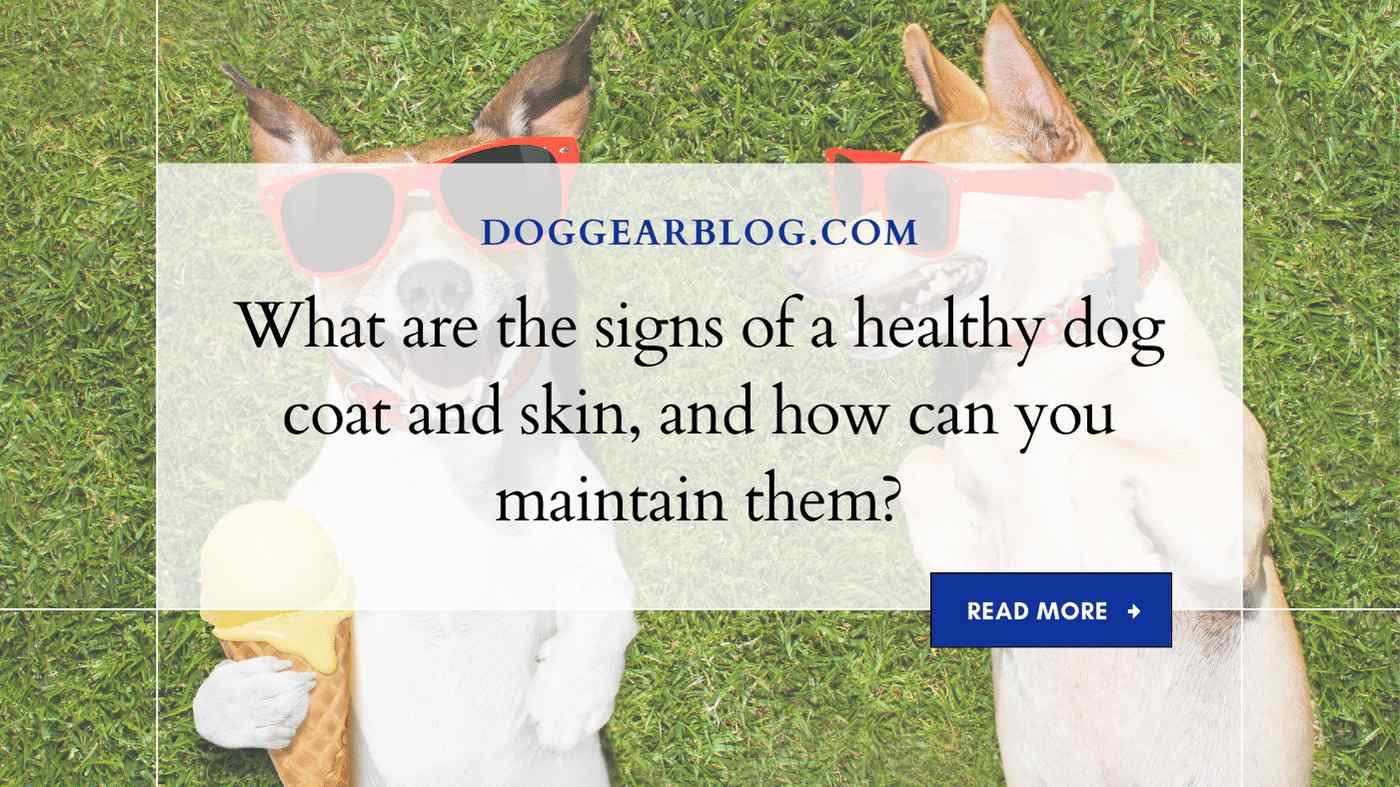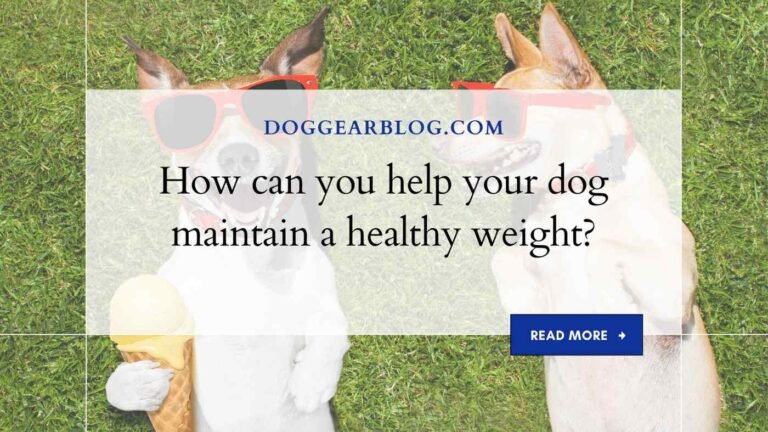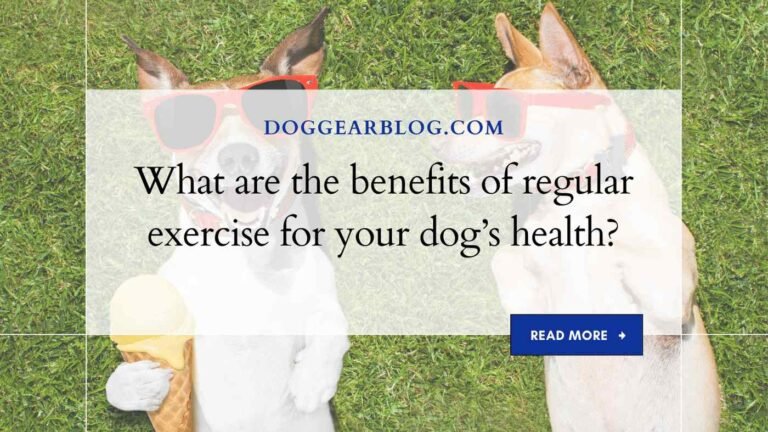What are the signs of a healthy dog coat and skin, and how can you maintain them?
They say that a dog’s coat is his best accessory, but it’s much more than just a fashion statement. A healthy coat and skin are vital to your furry friend’s overall well-being. Just like us humans, our dogs can suffer from various skin conditions – the difference being they can’t scratch their own backs or apply moisturizer! So how do we know if our dog has a healthy coat and skin?
And perhaps more importantly, what steps should we take to maintain them? In this post, we’ll cover all the signs of a healthy dog coat and skin along with some easy tips for keeping them in top-notch condition.
What is a healthy dog coat and skin?

A healthy dog coat and skin are essential for their protection from the elements and diseases. You can help keep your dog’s coat and skin healthy by providing them with appropriate exercise, good nutrition, and care.
Here are five tips for keeping your dog’s coat and skin healthy:
1] Give your dog regular exercise. A tired pup is a happy pup! Short bursts of energy throughout the day will keep their exercised with plenty of fresh air to play in, while also keeping their coats clean.
2] Feed them a balanced diet. Make sure their diet consists of high quality food that helps maintain a healthy coat and skin. Try to feed them meals containing both protein and fibre to keep their digestion running smoothly.
3] groom them regularly. Appropriate grooming keeps the fur on their bodies healthy and clean, preventing it from becoming matted or full of dirt which can lead to skin problems like allergies or yeast infections. A quick brush will take care of most loose hair, but be sure to check for any mats or patches that may need a more detailed treatment . Regular brushing combined with monthly treatments such as a dermazen cream can ensure your dog’s coat is free from matting or tangles
4] avoid harsh chemicals when cleaningse they coat .. Use gentle cleaners like those made specifically for dogs’ coats such as pet safe shampoo or conditioner available at most stores catering to pet owners
5] moisturize regularly! Even if you never give them a bath, you can help keep their coat and skin moist with a good quality moisturizer every day.
The layers of a dog’s coat
There are many different layers to a dog’s coat and skin.
Here is a breakdown of each type:
Undercoat: This is the layer of fur that lies closest to the skin. It’s important for dogs to have a thick undercoat because it helps them keep warm in cold climates, and it sheds minimally so that the dog doesn’t get fur all over the house! If you see your dog scratching excessively, this may be an indication they need more undercoat.
Topcoat: This is the layer of fur that’s on top of the undercoat. It’s important for dogs to have a good topcoat because it traps heat, regulates body temperature, and sheds moderately so that your dog stays clean! If you notice your dog shedding excessively or their hair starting to come out in clumps, this may be an indication they need more topcoat.
Fur Thesis: The hair on a dog’s body (excluding their tail) is made up of three layers:the underfur, the guard hairs, and the outer coat. The thickness of these different layers can vary depending on your dog’s climate and activity level.
A properly-balanced coat will evenly distribute warmth around your dog’s body allowing them to thermoregulate effectively even when temperatures drop outside.[1] For most pet owners, maintaining a healthy coat should be pretty easy – if there are any major changes in your pup’s behavior (e.g . excessive shedding, build-up on their skin, etc.), make sure to consult your vet![2]
Types of skin
There are a few different types of skin and coat, and each one is suited to a different environment.
Dogs with short hair, such as terriers and rat terriers, typically have rough skin that needs to be scratched often to keep it from becoming dry and scaly. Long-haired breeds like German shepherds and Maltese dogs have tighter skin that does not need as much scratching, but they still need to be kept trimmed so that their fur doesn’t get tangled.
Sensitive skin can be irritated by the sun or wind, so some breeds are better protected from these elements than others. Wet climates create conditions that promote fungi growth on the skin, which can lead to fungal dermatitis in dogs. Breeds that live in humid environments or water have specialized coat types that help them cope with the excessive moisture.
It’s important to provide your dog with the right type of coat and skin for his environment. If you notice any changes in your dog’s coat or skin condition, make sure you take him to see a veterinarian for an evaluation.
How to inspect your dog for signs of health and appropriateness for a given coat type

There are a few key things to look for when inspecting your dog for signs of health and appropriateness for a given coat type. First, make sure that their coat is evenly distributed and not matted or otherwise difficult to groom.
Second, check their skin for signs of infection, sunburn, and other skin conditions. Be sure to check the overall condition of their fur – it should be smooth, shiny, and free from tangles or mats. If any of these things are wrong, take your dog to the veterinarian to get checked out.
Taking care of your dog’s coat and skin
What are the signs of a healthy dog coat and skin, and how can you maintain them?
A healthy dog coat and skin consist of a smooth, sleek surface with no tartar or mats. Dullness or shedding may indicate a need for shampooing more often. A dry coat indicates an excess of oil production; bathing regularly will eliminate this.
To keep your dog’s coat shiny and free of mats, brush him once a week, using a soft-bristled brush and gentle shampoo. Follow up with a good conditioner. If your dog has short fur, be sure to trim it regularly so it doesn’t get tangled. Avoid exposing your pet to harsh sunlight and cold temperatures, which can damage his skin.
What keeps a healthy dog coat and skin?
A healthy dog coat and skin protect your furry friend from the elements, bugs, parasites and more.
Here are some tips on how to keep a healthy coat and skin:
Brush your dog regularly. This will help remove loose hair and dirt, as well as get rid of any dead cells that may be causing excess shedding. Be sure to brush all over the body, not just the back or underside.
Regularly groom your dog if they have long hair. This includes cutting the hair short at the base of the tail where it is easiest to manage and pulling it clumps away from the skin. Be sure to use a groomer who understands dogs’ coats — some use hot irons that can damage delicate fur.
Avoid exposing your dog to harsh sunlight or heat sources (like cars). These can cause a thickened coat that’s difficult to manage, sunburned skin and even brown patches on white dogs (characterized by excess destruction of melanin).
Use a sunscreen when you take your dog outside, and beware of temperature extremes between seasons — in the summer, try keeping them cool indoors during peak hours.
Keep their diet clean and full of nutritious ingredients. Make sure they’re getting enough protein meat – such as chicken or fish – fresh fruits and vegetables, whole grains and low-fat dairy products. Avoid feeding them processed foods or treats that contain unnecessary additives or sugars.
What to do if your dog has a health condition affecting their coat or skin
A healthy dog coat and skin are important for keeping your dog warm in the winter and cool in summer.
Here are some things to keep in mind if your dog has a health condition affecting their coat or skin:
If your dog is having trouble shedding, their coat might be dry, itchy, or covered in mats. If their coat is sticky or covered in dandruff, they might have an infection or a sensitivity to hair products. A good way to test whether your dog’s coat is healthy is to use a leather brush to brush it against the grain and see if there are any bald patches. If there are no bald patches, you can move on to the next step.
If your dog is having trouble shedding, their coat might be dry, itchy, or covered in mats. If their coat is sticky or covered in dandruff, they might have an infection or a sensitivity to hair products. A good way to test whether your dog’s coat is healthy is to use a leather brush to brush it against the grain and see if there are any bald patches.
If there are no bald patches, you can move on to the next step. If you notice any changes in your dog’s energy level, diet preference (especially if they’re eating more than usual), behavior (sleeping more or barking more), diarrhea/weight loss/gain (even if gradual), musculoskeletal pain/limping (particularly when walking), or red lesions on their skin, it’s important to take them to the vet. These symptoms could be a sign of a health condition, and your dog might need urgent treatment.
Other things to consider if your dog has a health condition affecting their coat or skin:
If your dog is intolerant to certain textures or ingredients in their food, you might need to switch to a food with less of those ingredients. Some common allergens that can cause problems withcoat and skin health include grains, soy protein, nuts, eggs, and chicken. If your dog has an intolerance to one of these foods, they might not be able to eat regular kibble or canned food either.
Some common allergens that can cause problems withcoat and skin health include grains, soy protein, nuts, eggs, and chicken. If your dog has an intolerance to one of these foods, they might not be able to eat regular kibble or canned food either. You can give supplements such as omega-3 fatty acids or probiotics to help improve coat and skin health. However, always consult with your veterinarian before starting any supplements or changing your dog’s diet.
such as omega-3 fatty acids or probiotics to help improve coat and skin health.
Conclusion
It’s no secret that a healthy coat and skin are essential for your dog’s overall health and well-being. Proper sanitation is key to keeping your pup clean and free of parasites, while regular groomings can keep their coats looking sleek and shiny. By following these simple tips you can help ensure a long, healthy career as the most adorable pet on the block!






